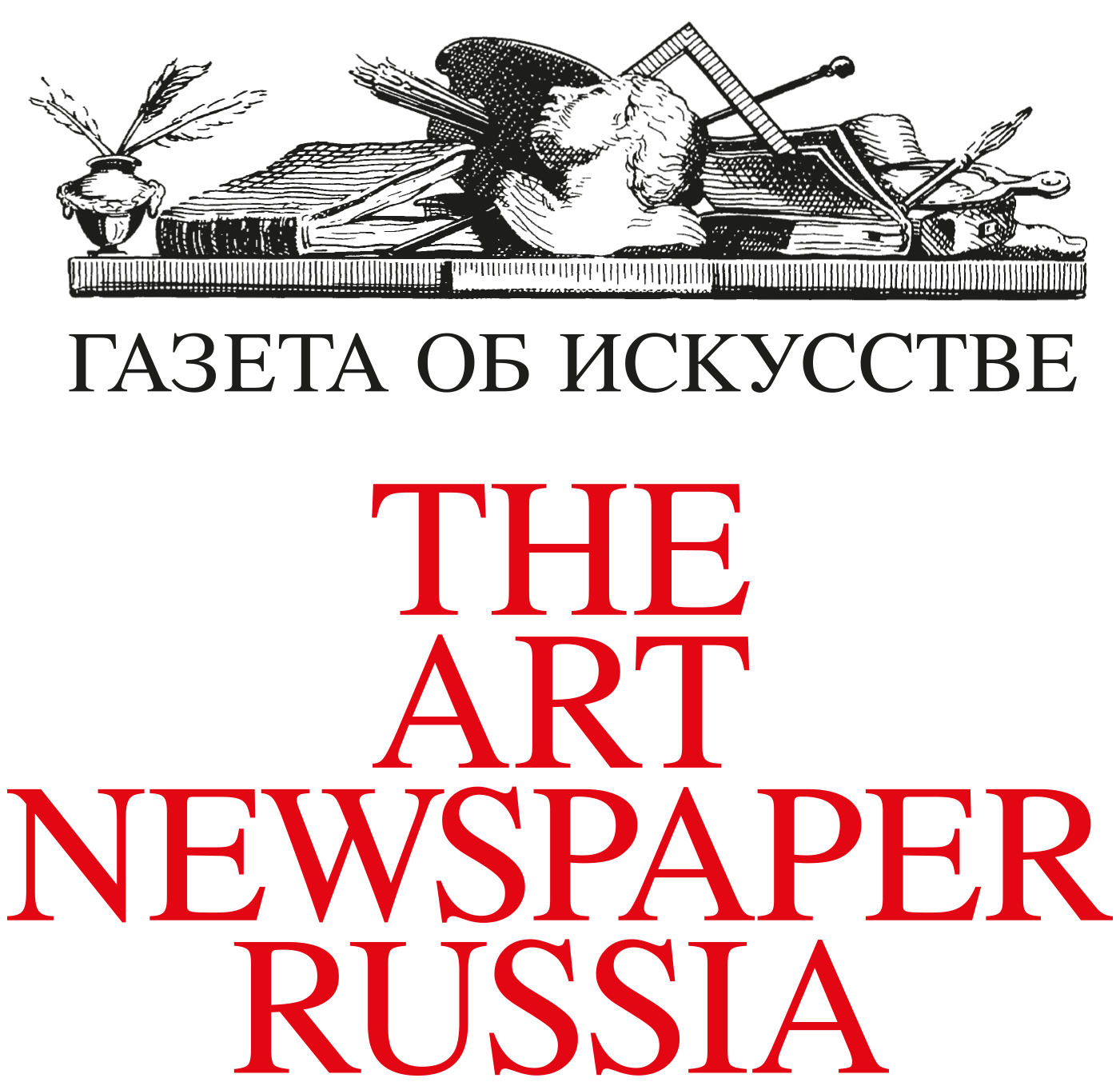The Pushkin State Museum presents the exhibition “Ad Art. British commercial posters of the late 19th — early 20th century from the collection of the Pushkin State Museum of Fine Arts.” The exhibition includes more than 150 advertising prints from the Museum’s collection of artworks by the most significant English artists and designers, such as Aubrey Beardsley, the Beggarstaff Brothers, Edward McKnight Kauffer, Tom Purvis, Edward Bawden, Austin Cooper, and other masters who made London the design capital of the world. The exhibition, which coincides with the publication of the catalogue raisonné for the British poster collection of the Pushkin State Museum of Fine Arts, continues the series of Museum projects dedicated to the research and restoration work for the renovation of fragile documents of the era—pieces of early industrial printing. These include illustrated ads, political posters, and pieces of commercial lithography such as business cards, invitations, and bookplates.
The Pushkin State Museum of Fine Arts owns a uniquely plentiful and valuable collection of applied graphics of the late 19th and early 20th century, the intriguing period when national schools of creative advertising arose and developed. In every country, illustrated ads received names that matched their traditions and national characteristics. For a long time all important communications in England, such as official government decrees and advertisements, were called “the Poster.” This was primarily because for several centuries, the centralized Royal Mail not only delivered letters but also kept citizens informed of current developments in the country. Local post offices were the sources of all provincial news, including word of upcoming fairs, weddings, christening celebrations, livestock sales, and employment opportunities. Thus, the phenomenon of British commercial posters developed alongside the German “plakat” and French “affiche.” Great Britain was the birthplace of advertising design, one of the most outstanding trends of the 20th century global art scene, and it progressed from a denial of the art form to the “triumphal enthronement of illustrated ads among the haughty muses of art.”
The “Ad Art...” exhibition starts with works by pioneers of English ads of the 19th century: Aubrey Beardsley, the Beggarstaffs, and Walter Crane. As early as the beginning of the 19th century, the United Kingdom was the undisputed leader in advertising with its ingenuity and originality, but only self-educated artisans produced commercial advertisements. While French artists’ creative experiments in advertising won admiration and, equally importantly, were well-paid, the Victorian English society scorned advertising as a marginalized form of communication. English artists were alienated from the demands of the growing market for a long time, and it took a few decades to overcome conventionalism. Although the first commercial ad illustration experiments by the boldest English artists, such as the aforementioned Beggarstaffs, Walter Crane, and Aubrey Beardsley, were usually fruitless attempts to attract advertisers, they already demonstrated the huge potential of the British advertising industry.
Individual halls have featured themes of advertising caricatures by the members of the London Sketch Club: Dudley Hardy, John Hassall, William True, and many other illustrators. In the late 19th century, these managed to reconcile Britain with the commercial ads of theater performances, new books, and products and services. Irony and the captivating genre of caricature were sparingly accepted by the straitlaced public.
Early 20th century British commercial designers created works that included posters for London transportation companies, the London Underground, and the London North Eastern Railway. These pieces represented a new stage in the art of advertising. Modern graphic design was a professional and progressive occupation by then and was becoming even more reputable and popular. In 1924, the Royal Society of Arts held an industrial design contest for students and offered prizes to the winners. In 1930, the Society of Industrial Artists was founded in London, bringing together designers and applied graphics masters.
A slight digression from the commercial theme was found in the political satire of the late 19th century and the visual agitation of the “Red Decade.” During that time of the 1930s, the arts could not be separated from politics, and the creative efforts of young Marxist artists were a way of social activism, a kind of political and artistic movement. For progressive artistic youth, the romantic image of the Soviet Union was a beacon of hope. In 1933, the Artists’ International Association was founded in London and united revolutionary artists. Clifford Rowe managed to organize real Soviet agitprop (thanks to his work experience at the IZOGIZ in the USSR).
One of the most notable sections of the collection is the commercial graphics of Shell, the British and Dutch oil company, which advocated a policy of faith in contemporary art. Works from the corporate collection of modernist paintings were used in advertising design. In this way, artworks by innovative painters, including Duncan Grant, Paul Nash, Graham Sutherland, Tristram Hillier, and many others who started their careers in the 1920-1930s, were popularized through wide publication on advertising posters.
In the early 20th century, many mental stereotypes were overcome or lost in Great Britain. The mechanism of the seemingly unchangeable artistic perception evolved, bringing about changes in aesthetic taste and stylistic preferences. Social, psychological, and value orientations also changed, and the profession of commercial designer attained a high status in the UK. The works of many artists became a source of national pride. Thanks to the success and global recognition of British designers, including Edward Wadsworth, Fred Taylor, Frank Newbold, Edward Kauffer, Austin Cooper, and Clifford Rowe, applied graphics became a part of the cultural heritage and earned a place in museum collections of 20th century art. Not only did Britain regain its leading role in advertising arts, but it also turned the art form into one of its national treasures.
Exhibition Curator Irina Nikiforova, Lead Researcher of the Department of 19th and 20th Century European and American Art
The exhibition is supported by VTB Bank and Freshfields Bruckhaus Deringer LLP.
Партнер выставки

При поддержке банка ВТБ и компании Freshfields Bruckhaus Deringer llp.
Издание каталога выставки при поддержке концерна «Шелл»
























